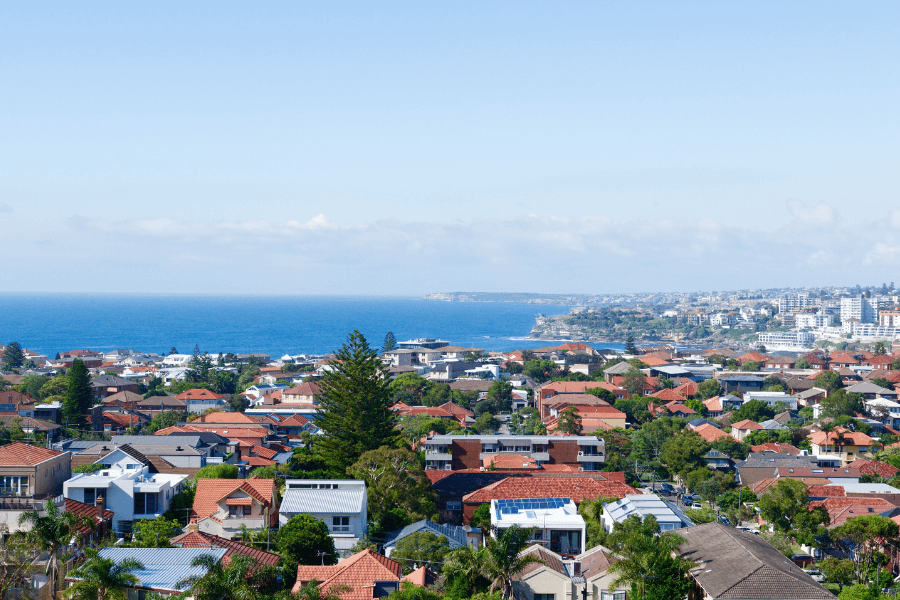The Reserve Bank of Australia has held the cash rate steady at 3.60 per cent, maintaining necessary caution after last week’s hotter than expected inflation data.
CPI figures released on 29 October showed annual inflation climbing to 3.2 per cent, up from 2.1 per cent in the June quarter. The result came in above forecasts and shut the door on any near-term rate cuts.
Chris Weston, Head of Research at Pepperstone, described the September-quarter CPI numbers as “dark,” adding that “the numbers are pretty telling and throwing some conjecture as to whether the next move from the RBA could actually be a hike in 2026.”
Some economists note that much of the recent lift in inflation stems from the supply side of the economy, particularly electricity and costs, rather than stronger demand side pressures. As a result, they argue there is no need for a knee-jerk policy response in the form of a rate hike.
However, caution prevails as today’s hold decision keeps appropriate downward pressure on inflation, especially as we head into a high spending season.
Topics in this article:
What’s driving the CPI surge
The quarterly rise was powered by higher housing, energy and travel costs. Electricity prices surged about 9 per cent for the quarter, while rents, council rates and other household charges continued to climb. Travel and accommodation costs jumped as Australians spent more on holidays, and fuel prices edged higher. Underlying inflation also ticked up, suggesting the problem could be broad-based rather than temporary.
What it means for buyers and sellers
1. The next move may not be down
While markets have been primed for cuts, Weston’s remarks highlight that a further hike can’t be ruled out if inflation fails to cool in early 2026.
2. Buyers still have negotiating power
Higher borrowing costs keep demand contained. For those with finance pre-approved, this can be an opportunity to purchase before conditions tighten again.
3. Sellers need to price with the data, not with hope
Buyers remain interest-rate sensitive. Vendors who meet the market on price, presentation and timing are achieving stronger outcomes than those waiting for a rebound.
4. The next big date is 28 January 2026
That’s when the December-quarter CPI will be released. If inflation moderates, a shift in tone may follow and we could see rate drops throughout 2026. If it doesn’t, rate relief could stay off the table, and chances of a hike might even re-enter the conversation.




